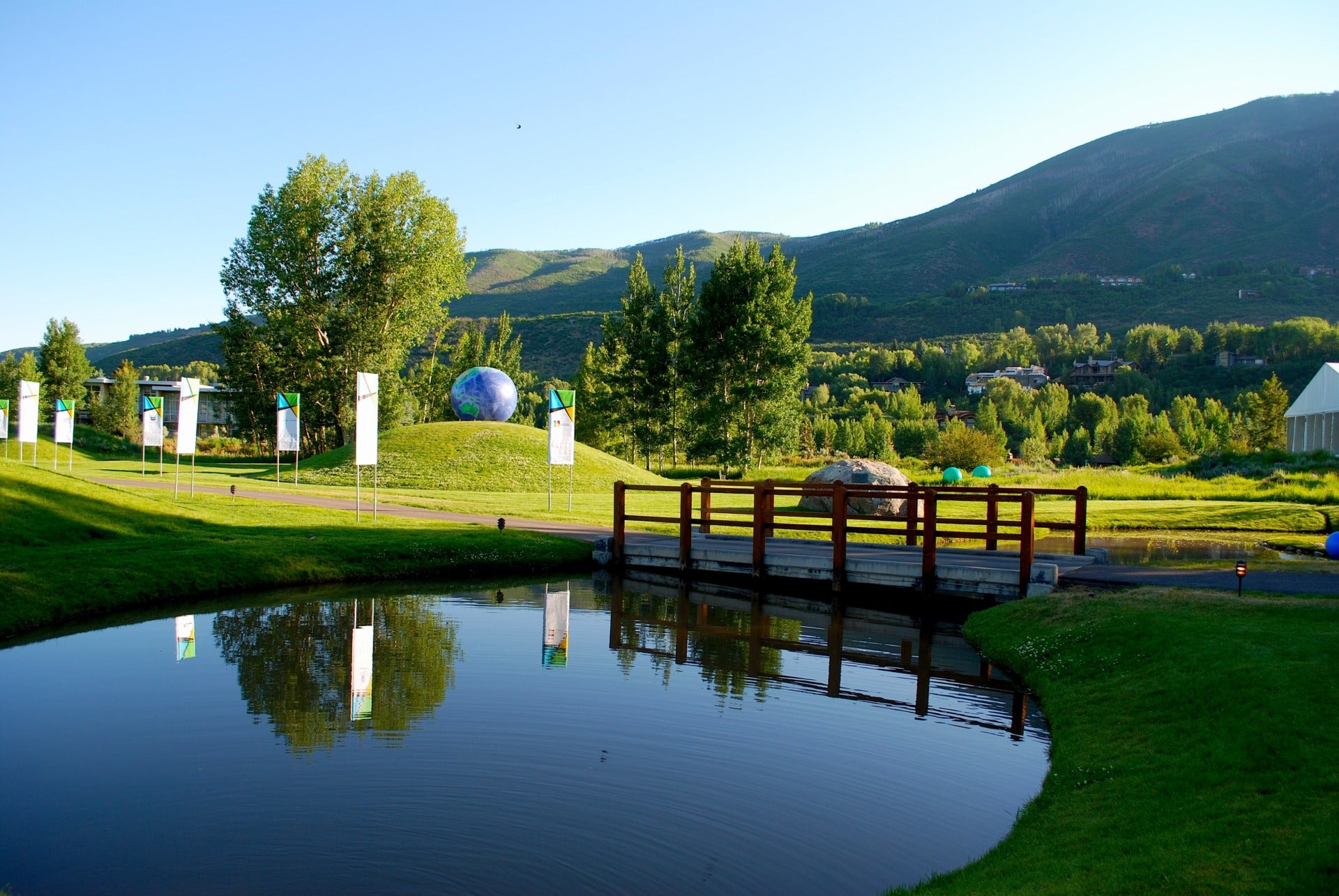All of us from New Orleans have savored that Proust-bites-into-the-madeleine moment when a stray taste, sound, smell or sight brings remembrances of things past. It happens whenever I hear the badly rhymed but beautifully mournful–now even more so–first few bars of “Do you know what it means to miss New Orleans?” It can even happen with a single chord. A friend gave me a CD of a local band called Jonas Rising, and at the sound of the very first Neville Brothers–inspired piano chord, I was back inside Tipitina’s, where Napoleon Avenue meets the Mississippi, listening to Professor Longhair.
The taste of a particularly pungent garlic sauce can evoke similar remembrances. What makes New Orleans eating so joyous is not just classic restaurants like Antoine’s or Commander’s Palace. It’s the neighborhood places like those just up Napoleon from Tipitina’s: the pan-roasted oysters at Manale’s and the fried ones at Casamento’s, nestled between a costume store and a building-ornament supply shop.
My family home was, and I hope still is, on Napoleon Avenue as well. It’s a raised West Indian cottage, at merely 100 years old not historic by local standards, yet part of the distinctive mix that makes even the uncelebrated neighborhoods of New Orleans so seductive. It was in neighborhoods such as these, more than the famous ones, where people lost their lives and cherished communities were washed away. I glimpsed on CNN our avenue under water and felt like crying.
I was just in Venice, a city of masks and decadent grace that New Orleanians are genetically encoded to find enchanting. Because it’s a world treasure, there is an international Save Venice movement. I hope New Orleans will evoke the same response.
But saving New Orleans will require not merely re-creating the French Quarter. It will involve nurturing back to health the genuine and distinctive neighborhoods that serve as an incubator for the city’s music and food and funkiness. A friend of mine, Stephanie Bruno, has run an organization that restores old shotgun cottages, the long and narrow houses built of old barge planks that dominate in the older areas. A New Orleans rebuilt with tract homes rather than shotguns would no longer have the same soul.
The best writers to have lived in New Orleans were William Faulkner and Tennessee Williams. But my other favorites were two who knew the neighborhoods better. Walker Percy wrote about the savory malaise emanating from middle-class enclaves such as Gentilly and Elysian Fields. And Lillian Hellman recalled wandering up Esplanade Avenue below the French Quarter.
Hellman titled her second book of memoirs Pentimento, meaning the brush strokes and old images that struggle to emerge from a repainted canvas. You see that a lot in New Orleans: advertisements for defunct brands of beer and coffee poking through the fading paint of old brick buildings. Indeed, it has always been a city of masks and painted faces, with past mysteries and glories lurking faintly visible underneath.
After disasters such as last week’s storm, it’s commonplace to extol the fierce determination of the afflicted as they rise like a phoenix. But indomitable energy is not what earned New Orleans the sobriquet the Big Easy, and it has never been a Phoenix in any sense. The evacuees I know talked about wandering to visit far-flung friends for a few months before heading home.
It’s probably not in the nature of most New Orleanians to roll up their sleeves and quickly build a grander city. They’re better at making things akin to Creole gumbo and Cajun jambalaya–which involve a variety of ingredients and spices that are blended slowly. You start by making a roux, the mix of hot oil and flour that can hold the tastes together, a process that ought not be rushed.
This easygoing lethargy might actually serve New Orleans well as it rebuilds. The city needs to restore itself authentically rather than produce a theme-park re-creation. It needs shotguns, not cold condos. Its talented preservation and community-planning experts should be offered the chance to devise a land-use approach that revives charming old neighborhood patterns rather than producing alienating cul-de-sacs or artificial quaintness. It has the opportunity to rebuild itself in a way that emerges from its rich heritage while guarding against any projects that would sap its soul.
Like a pentimento, New Orleans has long been a canvas repeatedly repainted. Paint well, my artistic homeboys and girls, and carefully. Preserve the previous layers, and let them guide your brushwork. One false stroke, and the magic could disappear.
Walter Isaacson, a New Orleans native and a former managing editor at TIME, is president and CEO of the Aspen Institute. This writing originally appeared in TIME.

